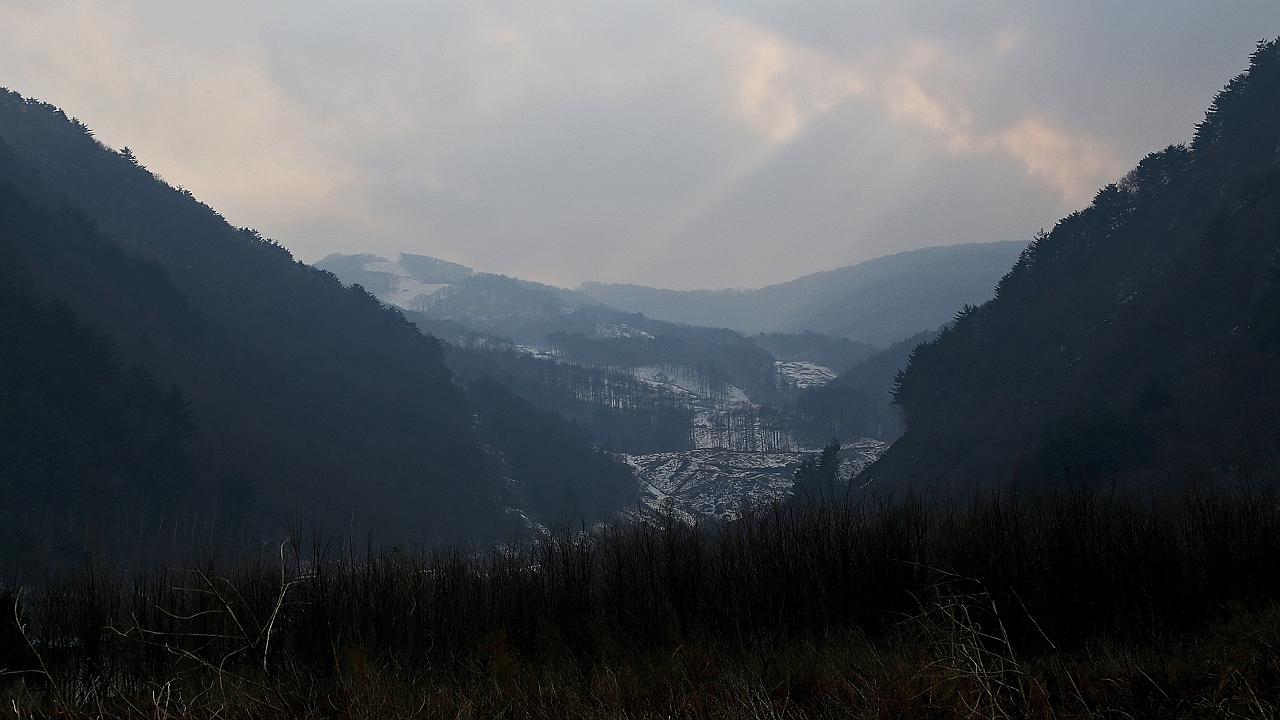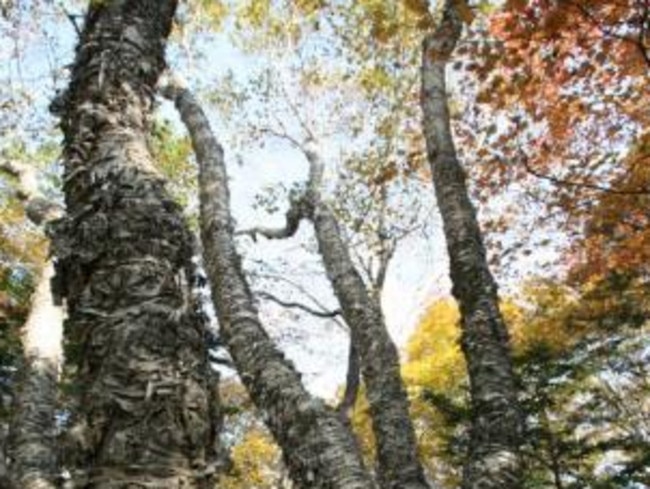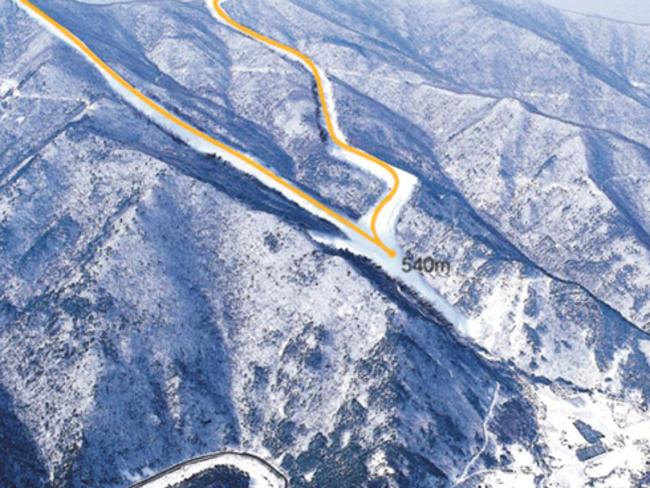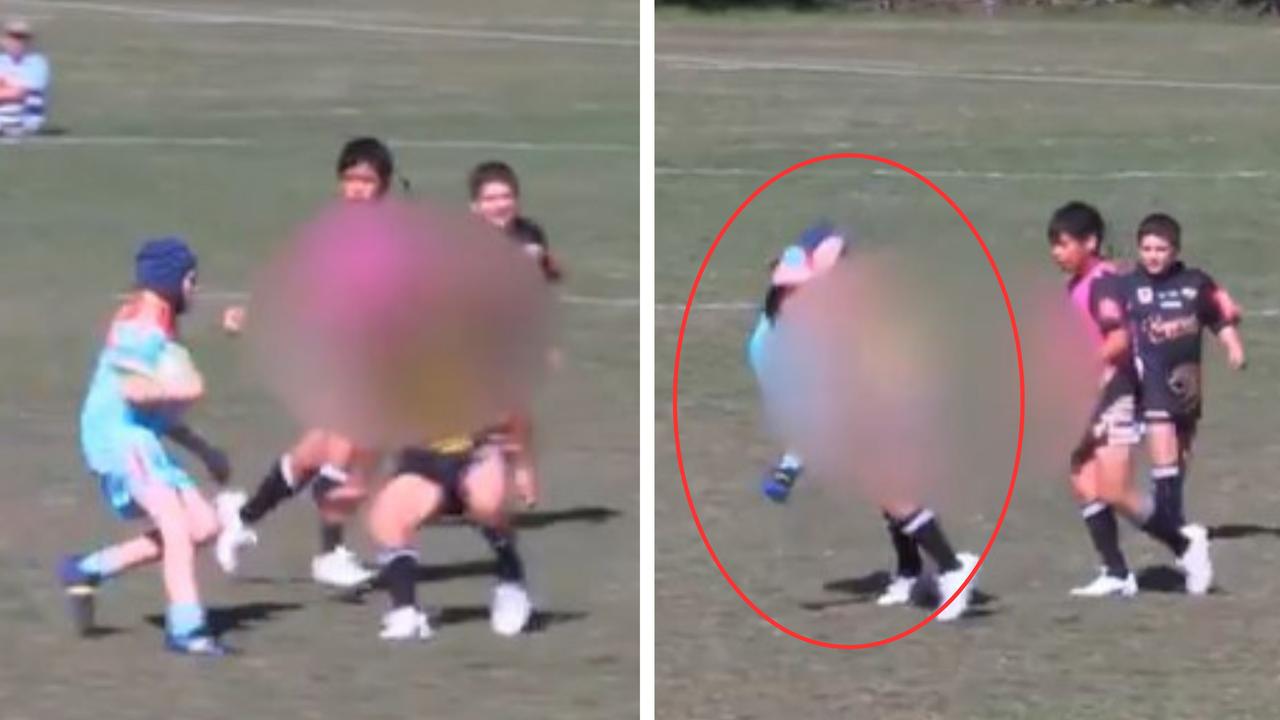Sacred South Korean forest bulldozed to create ski run for Winter Olympics
LOCAL protesters are desperately trying to let the world know Olympic Games organisers bulldozed a 500-year-old sacred forest for a three-day event.

LOCAL protesters are desperately trying to let the world know Olympic Games organisers bulldozed a 500-year-old sacred forest for a three-day event.
The forest on Mount Gariwang, in South Korea’s northern Gangwon Province, has been selected as the site for the downhill skiing at the 2018 Pyeongchang Winter Olympic Games.
Pyeongchang Organising Committee for the 2018 Olympic and Paralympic Winter Games (POCOG) selected the site to build two Olympic-level ski runs because it claims all its other suggested sites for the downhill event failed to comply with International Olympic Committee and International Ski Federation regulations.
The decision to bulldoze trees on the Mount Gariwong site has sparked protests from locals and international environmental lobby groups.
The site is sacred to many South Korean residents because of its cultural importance during the history of the Chosun Ruling Dynasty, the country’s last royal dynasty which lasted more than 500 years until it was toppled in 1897.
During the late 15th century the mountain was considered a “royal, forbidden mountain” where the king’s own ginseng was grown.
It was listed as a Protected Area for Forest Genetic Resource Conservation by the South Korean government until last year when its protected status was revoked.
The forest is also home to a number of endangered animals, including marten (a small fox-like creature), otter, leopard and flying squirrel populations.
Environmental protection groups say the forest is also home to rare species of plants and trees, including the native Wangsasre trees.

POCOG has previously issued statements to declare it made efforts to minimise the environmental damage from the construction.
Organisers said the total area cleared was cut from 33 hectares to 23 hectares, The Guardian reported.
Games officials claim the damage done to the site was limited by avoiding major vegetation habitats and minimising the total area needed for the alpine ski facilities by combining the men’s and women’s runs for the first time in the Winter Olympics.
The clearing began in June, 2014 and was recently completed.
Activists claim an existing ski site nearby at Yongpyong could have been used to host the Olympic downhill events without major damage to the environment and the Games’ construction budget.

However, event organisers have said Mount Gariwang was the only site that met all International Ski Federation regulations.
The strict regulations demand all downhill courses for the Winter Olympics must be held at least 800 metres above sea level.
Environmental activists claim the Yongpyong ski resort qualified to host the event under the “exceptional circumstances” rules.
“This makes it unnecessary to build a new ski resort on Mt. Gariwang. An existing one can be utilised,” Yoon Ki-don, secretary general of Green Korea said, according to The Korean Times.
POCOG have previously said it plans to replace more than 1,200 trees after the Olympic Games are finished to restore the site.
Environmental groups claim more than 58,000 trees were bulldozed on the mountain during construction, saying any attempt to restore the natural habitat after the trees and soil have been cleared is impossible.
An online petition being generated by more than 50 civil groups in South Korea accuses Gangwon Province Governor Choi Moon-soon of “destroying” Mount Gariwang in order to construct the Alpine skiing venue.
POCOG says it has no plans to stop the ongoing construction project.




